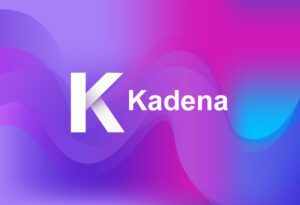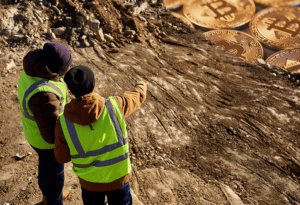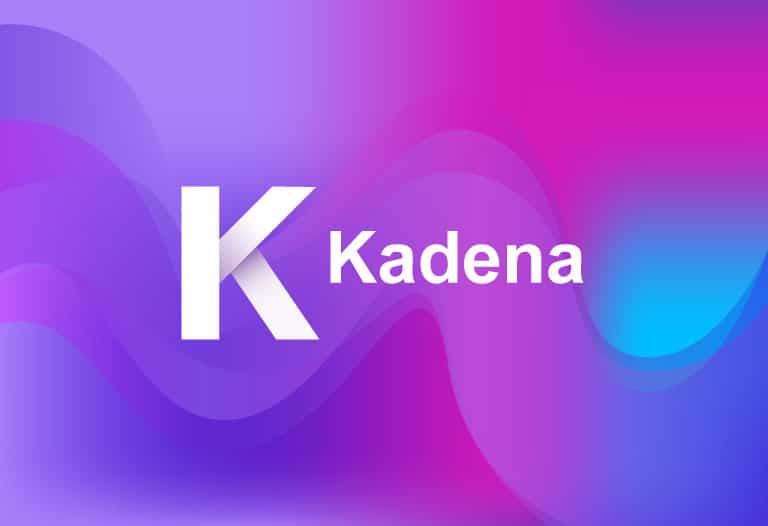
Table of Contents
ToggleEthereum miners enjoyed the famous “DeFi summer”, reaping huge rewards for validating blocks. But, today the reality is different and they feel the weight of the sword of Damocles over their futures. Therefore, mining KDA seems to be an option, at the very least, to evaluate.
When it seemed that the chains that reach an agreement on their own status, current and past, through the Proof of Work consensus, were on their way to extinction, Kadena proved all crypto-futurists wrong.
Its release was resounding, not only because of the price action of its native currency, but because of its consensus method, which attracted the attention of the crestfallen miners of the crypto world.
Today, it’s my turn to review the mining process of KDA, the native currency of the Kadena blockchain.
What is Kadena and KDA?
Kadena is a blockchain, governed by the Proof of Work consensus, which was created by a large part of the team that previously worked on a blockchain project at the famous JP Morgan company. It is a network prepared to support multipurpose smart contracts.
It has an architecture baptized as Chainweb, revolutionary for what PoW chains usually are, since it has multiple chains that act in parallel and simultaneously, but its blocks are mined and attached to a single main chain. These characteristics give it robustness without losing flexibility and adaptability to different scenarios.
Particularities in a peaceful world
A remarkable fact is that this PoW blockchain is developed to be fully compatible with chains governed by the Proof of Stake consensus known as Tendermint. Therefore, its connectivity with the Cosmos ecosystem networks is “simple”.
Like Bitcoin, Kadena has its own cryptocurrency, identified by the ticker KDA, which is issued in the same way. The miner in charge of validating, signing and adding each new block to the network receives rewards in the form of KDA.
Like BTC, these rewards decrease over time, under the following parameters:
- Today the reward is about 2.2 KDA per block.
- A 0.3% decrease is carried forward every 87,600 blocks mined.
- This reduction will bring the rewards to approximately 0 when the 125,538,057th block is mined.
At the time of writing this article, the network counts its 2,641,580th block. Considering the lifespan of mining in this network, which once the rewards are exhausted will be fed by the network’s fees, it is an option to consider when investing in mining.
If you want to delve into more details about this network, you can do so in this article where we explain what Kadena is and how it works. In the meantime, let’s dive into the Kadena mining process.
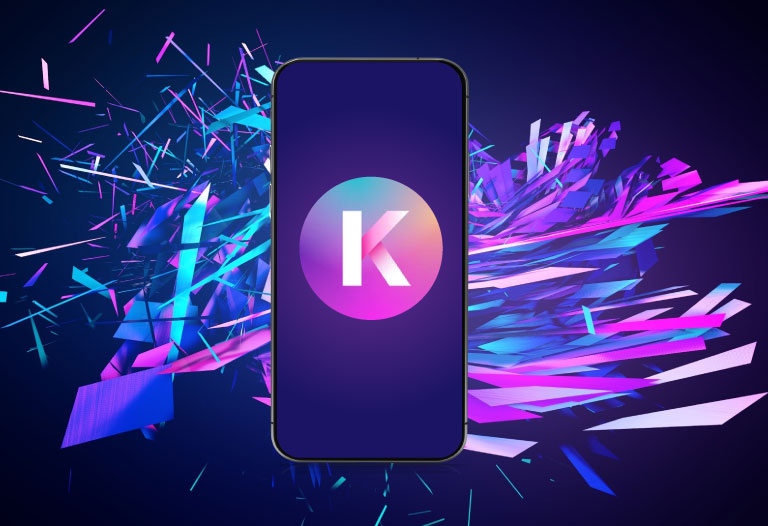
How to mine Kadena?
As a first step, we can exhaustively list the elements that will be necessary to participate in the Kadena network, assembling the miner’s suit.
What hardware do we need to mine KDA?
First of all, without a doubt, the most important component is the hardware we need to start this journey. To mine KDA, we need an ASIC in perfect condition.
Before making a purchase, we must be sure that we are acquiring an ASIC miner that is compatible with the Blake2S algorithm. This algorithm is the one used to mine KDA.
Generally, each blockchain has its own or a readaptation of another network’s algorithm.
Once we have our ASIC compatible with the network algorithm, we can move forward.
What pieces of software do we need?
It may seem obvious, but it is worth mentioning that we will need a KDA wallet, i.e. a wallet capable of receiving KDA. Naturally, the Kadena network has its own official wallet, but a wallet capable of receiving KDA will suffice.
Now, let’s take a look at the mining process.
Necessary preconfigurations
Before starting our task as miners, we need to configure the KDA miner. In the configuration of our device we must enter the following information:
- URL: stratum+tcp://kda.f2pool.com:5400
- Username: here we must enter the following information walletAddress.workerName
- Password: A secure password that we can remember, so that we are the only ones who have access to our miner.
After completing this configuration, we can continue.
Kadena mining pools
Of course, as with any other cryptocurrency we want to mine, we must connect to a mining pool in order to begin this task. There, we will have to create an account and after completing the necessary steps, we will be ready to receive our rewards for mining KDA.
At the moment, there are not too many options in terms of Kadena mining pools, but we have some renowned ones such as:
- Poolflare, located in Hong Kong, with a fee percentage of 2%.
- F2pool, with a global location, and a fee of 3%, according to the “pay per share” fee system.
- Hashpool, located in China, with a fee of 1%.
The fee payment system indicates that these pools will charge us a percentage for the service they provide. In all the mining pools dedicated to Kadena mentioned above, the “pay per share” method is used.
This means that the pool will charge a percentage of the benefits that each miner receives for the computational power granted, as a fee.
At the time of writing this article, Hashpool, due to its reputation in the market and its low commissions, is the most widely used for mining KDA.
KDA Mining Profit Calculator
KDA mining, like any mining, depends on multiple factors that make the profits obtained complex to calculate. That is why a profit calculator is a necessary tool for a KDA miner.
Here you will find this resource, in which you can enter your hashrate plus the costs related to electricity, to obtain an approximate of the return that such activity will give you.
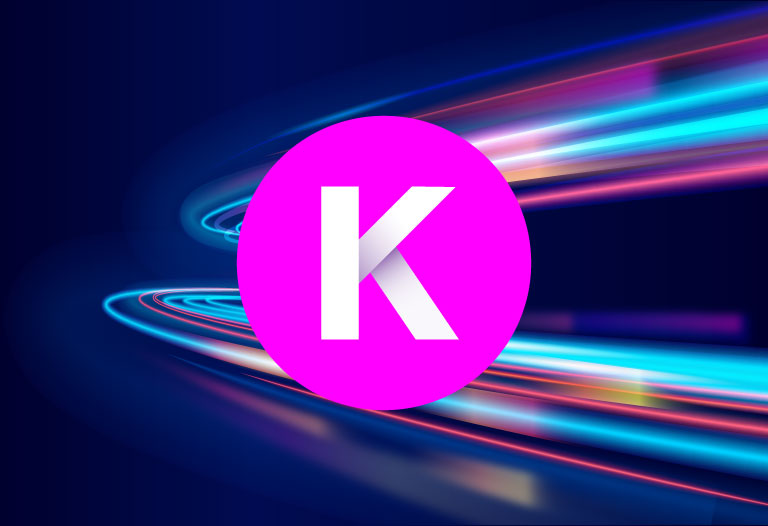
Reflection on the future of Kadena
Kadena’s network infrastructure is extremely interesting. Its innovation within the Proof of Work blockchain field is quite detectable and this is not a minor detail. KDA’s price action, its huge explosion and its omnipresence on crypto-Twitter, put a lot of attention and expectation on its future.
After about 6 months of that vibrant entry into the crypto-scene, its price has retracted 85%, dragging down to similar levels the importance and interest that our environment dedicates to Kadena.
The future of this network depends on the number of decentralized applications it can attract. A growth of activity on the network would increase the need for intervention by more miners. The circle must be successfully fed back to send Kadena to the big leagues, where many analysts predict a reserved place for it.





